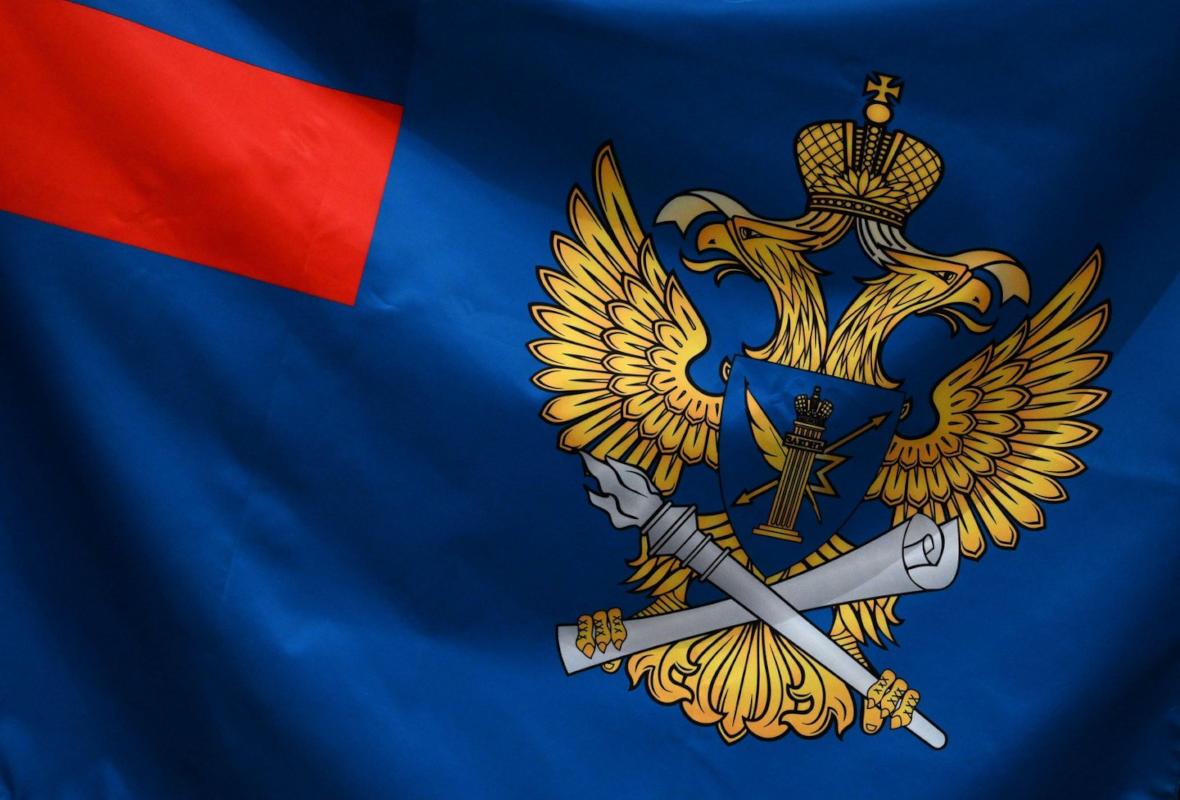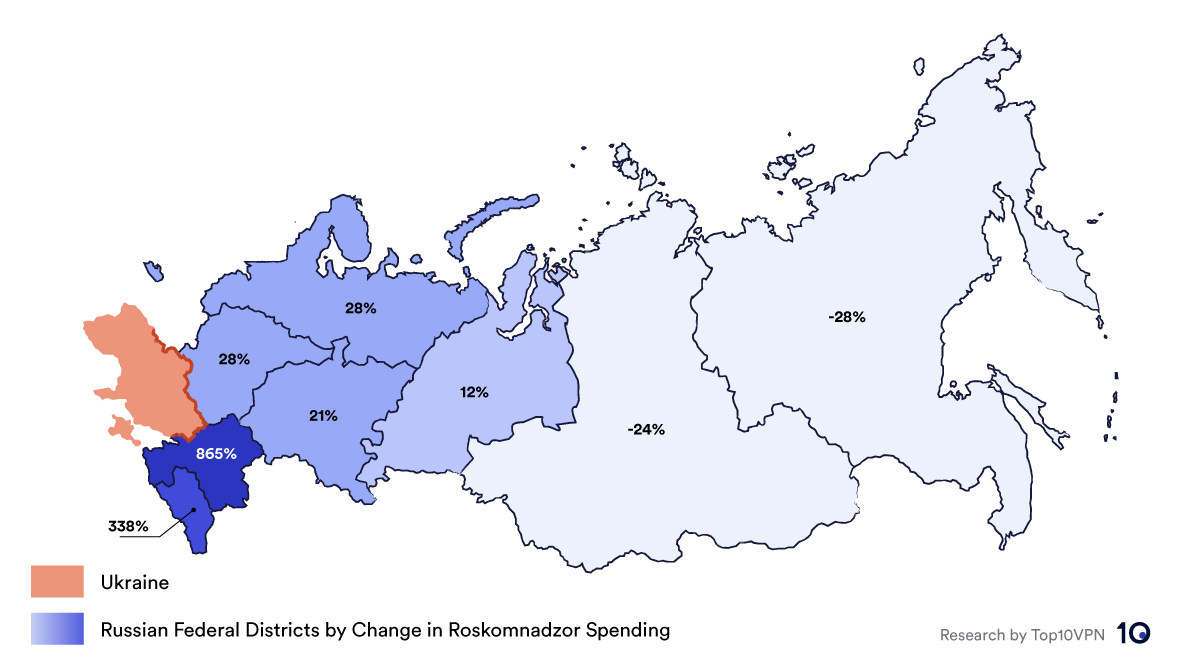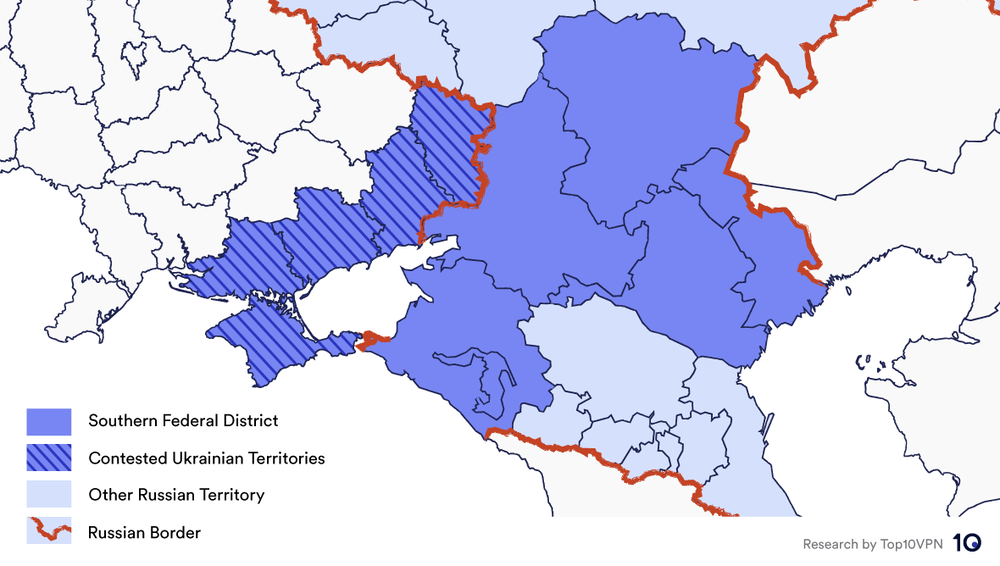Russia's Internet Censorship System
Since February 2022, Russia’s internet censorship agencies have blocked access to thousands of websites, disrupted access to VPNs, and accelerated attempts to detach from the global internet.
This heightened internet censorship has occurred against a backdrop of international sanctions that have significantly hampered Russia’s tech sector. Over 1,000 foreign companies have ceased operations in the country, while 100,000 IT specialists reportedly left Russia in 2022 alone.[1]
This report reveals the financial cost of Russia’s attack on internet freedom via analysis of almost 4,000 official procurement documents. It shows that Russia’s internet censorship agencies have increased spending by more than 63% since February 2022 compared with the equivalent prior period.
Our analysis takes into consideration Roskomnadzor’s federal, regional and local departments, as well as its subsidiary, The General Radio Frequency Center. Since February 2022, their combined spending has exceeded $57 million dollars.
Many of the largest increases in spending occurred at the local and regional level, particularly in areas near Russia’s border with Ukraine.
Exporting the country’s information controls into newly acquired Ukrainian territory has been a pivotal strategy for Russia, which has taken control of telecommunication infrastructure, blocked access to Western media, and frequently restricted access to the internet in regions under their control.
Data included in this report was accessed from Russia’s official procurement website zakupki.gov.ru via a VPN and only takes into consideration spending covered by relevant transparency laws. Other spending activities, such as salaries, and invitations to tender that had not been completed are not included.
Some costs associated with the contracts will be paid across several years. For clarity, we have included the total price at the point the contract was finalized. They are, however, subject to change in the future.
The Main Radio Frequency Center is governed by a different transparency regulation to Roskomnadzor. As such, figures associated with the agency in this report show their planned expenditure rather than finalized contracts which were unavailable.


